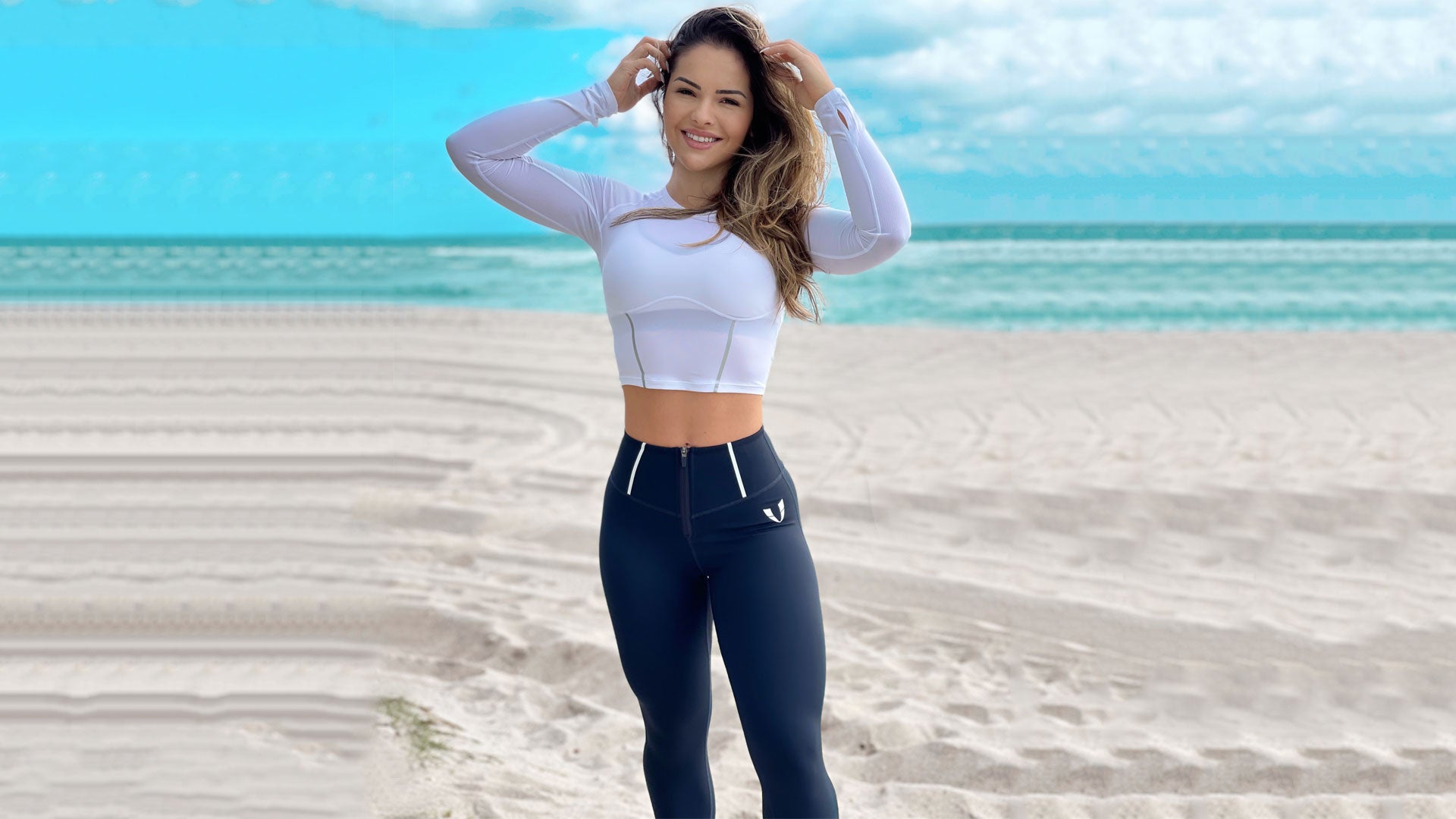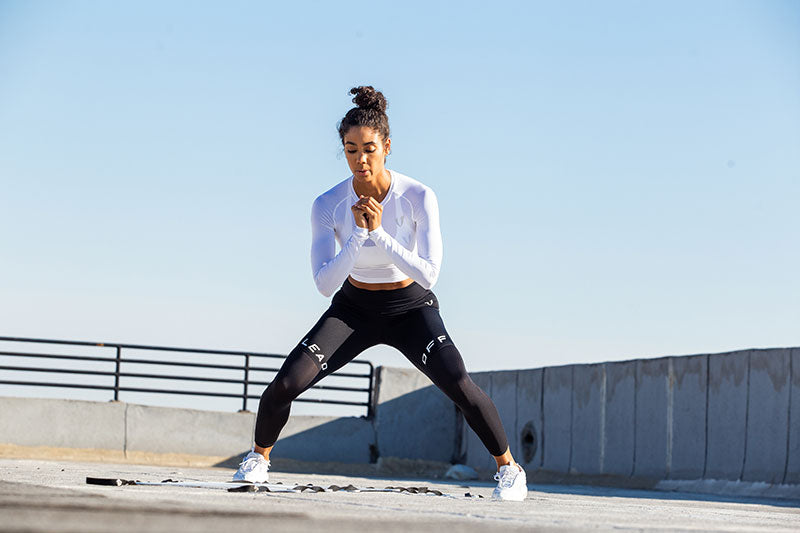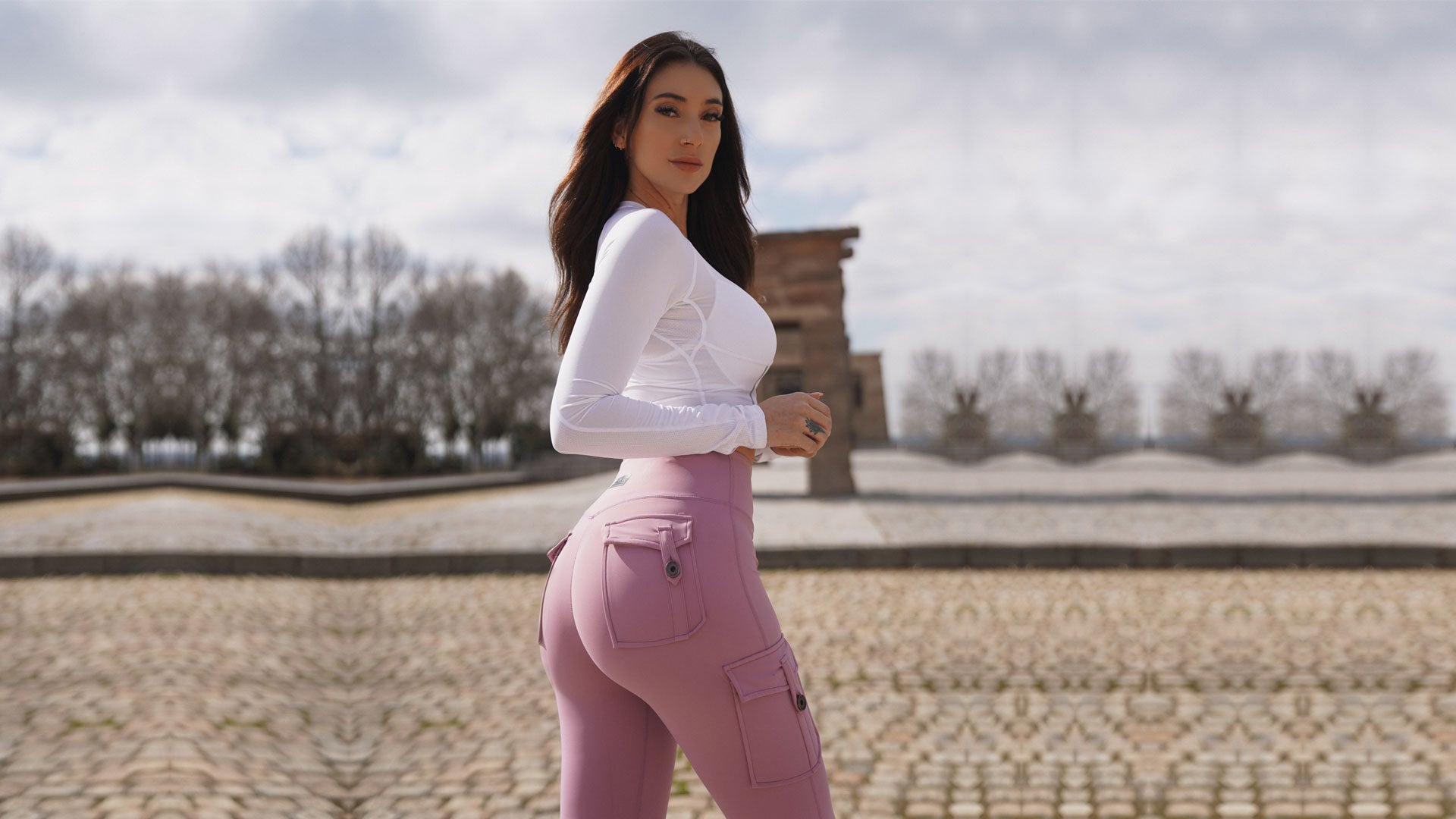
What are the most popular fabric for sportswear?
There are several materials are desirable for use as sportswear, each with different properties. Some fabrics are designed to trap heat and are excellent for winter sportswear. Others have good thermal conduction and can draw sweat away from your skin better. FIRM ABS sportswear produces clothing out of many different fabrics, and this article will provide information on these fabrics and their properties.
Common Sports Fabric Properties
Different types of sportswear fabrics have different special properties that attend to the wearer's needs. These include:
• Breathability - Sports fabrics tend to be breathable because as the Human body goes through intense activity, sweat is produced to prevent the body from overheating. Air must then be able to pass through the fabric, causing sweat to evaporate from the skin. As sweat evaporates, the body feels cooler in warmer climates.
These fabrics are great for summer wear because they transfer sweat away from the body, keeping you cool and dry.
• Flexibility - Sports fabrics must be able to move with the body. The greater the person's range of motion while wearing these fabrics, the more comfortable the material becomes.
• Comfort - Soft or smooth fabrics produce the greatest comfort. A person is unlikely to wear clothing that is too restrictive or harsh on the skin.
Fabric for Sportswear
Cotton
Cotton is the most common fabric for sportswear. It is a soft, fibrous substance that grows on a specific type of shrub known by its scientific name Gossypium Hirsutum. This shrub produces large protective pods called bolls. The cotton is contained within these bolls, which are harvested once they start to crack open - mainly between July and November. The cotton is then spun into yarn, which is then used to create clothing.

Calico
Calico is a type of cotton that is highly water-resistant and environmentally friendly. It is typically used more as an activewear fabric.
Synthetics
Synthetic fibers are artificial fibers developed through various chemical reactions. Designed to replace sportswear made with rubbers and plastics, synthetic fibers are lightweight, breathable and extremely absorbent, and they are designed to keep your body cool and dry through intense activity. Synthetics are not just used in sportswear; they are also commonly used in masks, helmets, balls and other equipment.
Gore-Tex
Gore-Tex is a thin, fabric-based film that is commonly used in sports jackets and running shoes. The film is designed to create an airproof and waterproof seal that allows sweat to evaporate, protects the main materials from water damage and keeps the wearer warm and dry, even in extremely cold weather.
Neoprene
Neoprene is a thick, double-knit material that is known for its thickness and distinct foam-like texture. These properties make neoprene a very good water repellent, hence it is primarily used for water sports equipment such as diving suits. However, neoprene is not just an excellent water repellent; it can also withstand temperatures as cold as -50 degrees Fahrenheit all the way up to about 275 degrees Fahrenheit without sustaining damage.
Spandex
Spandex is another moisture-wicking material that has seen use in sportswear for many years. It is best known for its use in weightlifting, wrestling and yoga outfits. There are several reasons why spandex has been so widely used in sportswear:
• Stretchability - Spandex is a stretchable and durable material that can stretch to many times its original size without tearing. This makes spandex ideal for one-size-fits-all sportswear that can even accommodate larger individuals.
• Freedom of Movement - Unlike other materials, spandex is a form-fitting material that moves well with the Human body, providing greater freedom of movement and greater comfort during heavy physical training.
• Super-Absorbent - Spandex sportswear is made in such a way that it can absorb a large amount of sweat, yet still keep your body cool, dry and comfortable.
Wool
Primarily used in very cold climates, wool is an animal product that comes from certain types of herd animals such as sheep, alpacas, goats and llamas. Wool is composed of keratin strands - the same type contained in Human hair. However, wool is much finer than Human hair, making it an excellent insulating material. Wool is designed to both keep the wearer warm in very cold climates and block offensive body odors produced by athletes as they sweat. There are many different types of wool, with each type having its unique properties.
Microfiber
Microfiber is a man-made material that's true to its namesake. This lightweight, breathable material is made from ultra-fine polyester fibers approximately 100 times finer than the width of a single Human hair. These fibers are a mix of different types of polyester. The manufacturing is quite expensive, therefore it is mainly used in branded sportswear. FIRM ABS Sportswear is one such brand.
Polypropylene
Polypropylene is a plastic-based fabric with excellent water resistance. Clothing made from polypropylene fabric will typically have an outer layer of polypropylene with an inner layer that's made from another material for comfort, and the outer layer blocks moisture so that you stay dry.
Conclusion
All of the above-mentioned materials can make very comfortable choices for sportswear. However, every person is different, and what's comfortable for one person may not be comfortable for another. Therefore, you should experiment and find out what fits your particular needs the most.




Leave a comment
This site is protected by hCaptcha and the hCaptcha Privacy Policy and Terms of Service apply.